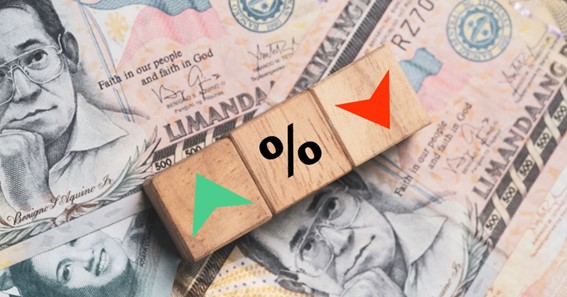Introduction
Trading on the foreign exchange market can be a lucrative business, especially in countries like the Philippines, where the economy is booming and transforming. As such, more and more Philippines Traders are turning to forex trading as a new way of making money. However, before you start trading, it’s important to be aware of both the rules and the market if you want to be successful. This blog post will provide an overview of forex trading in the Philippines and discuss some tips for successfully starting your journey in this exciting world.
Forex Regulations in Philippines
In the Philippines, the Securities and Exchange Commission (SEC) is the regulator of the forex market. They have published a set of rules and guidelines that all forex traders in the Philippines must follow.
All Forex Trading Philippines activities must be conducted through authorized broker-dealers registered with the SEC. These broker-dealers must also be members of the Philippine Stock Exchange (PSE) or the Philippine Dealing & Exchange Corporation (PDEx).
Forex trading in the Philippines is only allowed for certain currency pairs. The most popular pairs are USD/PHP, EUR/PHP, and JPY/PHP. All other pairs are considered exotic and are not commonly traded in the country.
The SEC requires that all trades be made through legitimate forex brokers in the Philippines and conducted in an approved foreign exchange trading platform. They also mandate that all trades must be settled in Philippine pesos. Lastly, all profits from forex trading must be declared as part of your income tax return.
Click here – Managing Idle Cash: A Quick Guide
Forex Market in Philippines
The Philippines is an emerging market of trading for Philippines Traders. The country has experienced a boom in online forex trading in recent years, with more and more Filipinos looking to make money from the comfort of their own homes.
However, there are some important things to consider before getting started in the forex market in the Philippines. Firstly, it is important to understand the rules and regulations that govern forex trading in the country. Secondly, it is important to have a good understanding of the different types of market participants that operate in the Philippines.
Thirdly, it is also crucial to be aware of the risks involved in forex trading. And fourthly, it is necessary to find reputable and trustworthy top forex brokers that offer services in the Philippines.
Once you have considered all these factors, you can start planning your trades and strategies. With a good understanding of the market and a bit of patience, you can soon start making profits from forex trading in the Philippines.
Role of Economic Indicators
There are a few economic indicators that play a role in the Forex market of the Philippines. The most important ones are the Gross Domestic Product (GDP) and the inflation rate.
The GDP is a measure of the country’s economic activity. It is used to gauge the economy’s health and as a predictor of future economic growth. When the GDP is growing, it is usually a good time to buy Philippine pesos because there is an expectation that the currency will appreciate.
The inflation rate is another important indicator. It measures how much prices rise in the economy and is used to predict future price movements. If inflation is high, prices rise, and the Philippine peso will likely depreciate against other currencies.
Click here – 8 Ways You Can Reduce Stress Today
Trading Platforms
Forex trading platforms provide an interface for traders to buy and sell foreign currencies. There are many different types of forex platforms, each with its own unique set of features and capabilities. To choose the best forex broker in the Philippines, it is important to understand the different types of platforms available and the pros and cons of each.
The three most common forex trading platforms are web-based, desktop-based, and mobile-based. Web-based platforms are accessed through a web browser and do not require installation or download. They are typically more user-friendly than other platforms but may be slower and less customizable. Desktop-based platforms must be installed on a trader’s computer, giving the trader access to more advanced features and customization options. Mobile-based platforms can be used on smartphones and tablet computers, allowing traders to trade on the go.
When choosing a forex platform, it is important to consider your trading style and needs. If you are a beginner, you may want to choose a platform that is simple to use and does not have too many complex features. More experienced traders may want the best fx trading platform with more advanced features, such as real-time quotes, charting tools, and news feeds. It is also important to consider the fees associated with each platform before making a decision. Some platforms charge monthly or annual fees, while others only charge commissions on trades executed through the platform.
Conclusion
With this article, we hope to have given you a better understanding of forex trading in the Philippines. We have discussed the rules and regulations that traders must adhere to when making trades, as well as offered insights into how to identify advantageous market movements. As with all investments made through financial markets, it is important to be aware of the risks involved before committing capital or other resources. By following these guidelines and gaining more knowledge about forex trading in the Philippines, you can make informed decisions that could potentially lead to more profitable investment outcomes.

